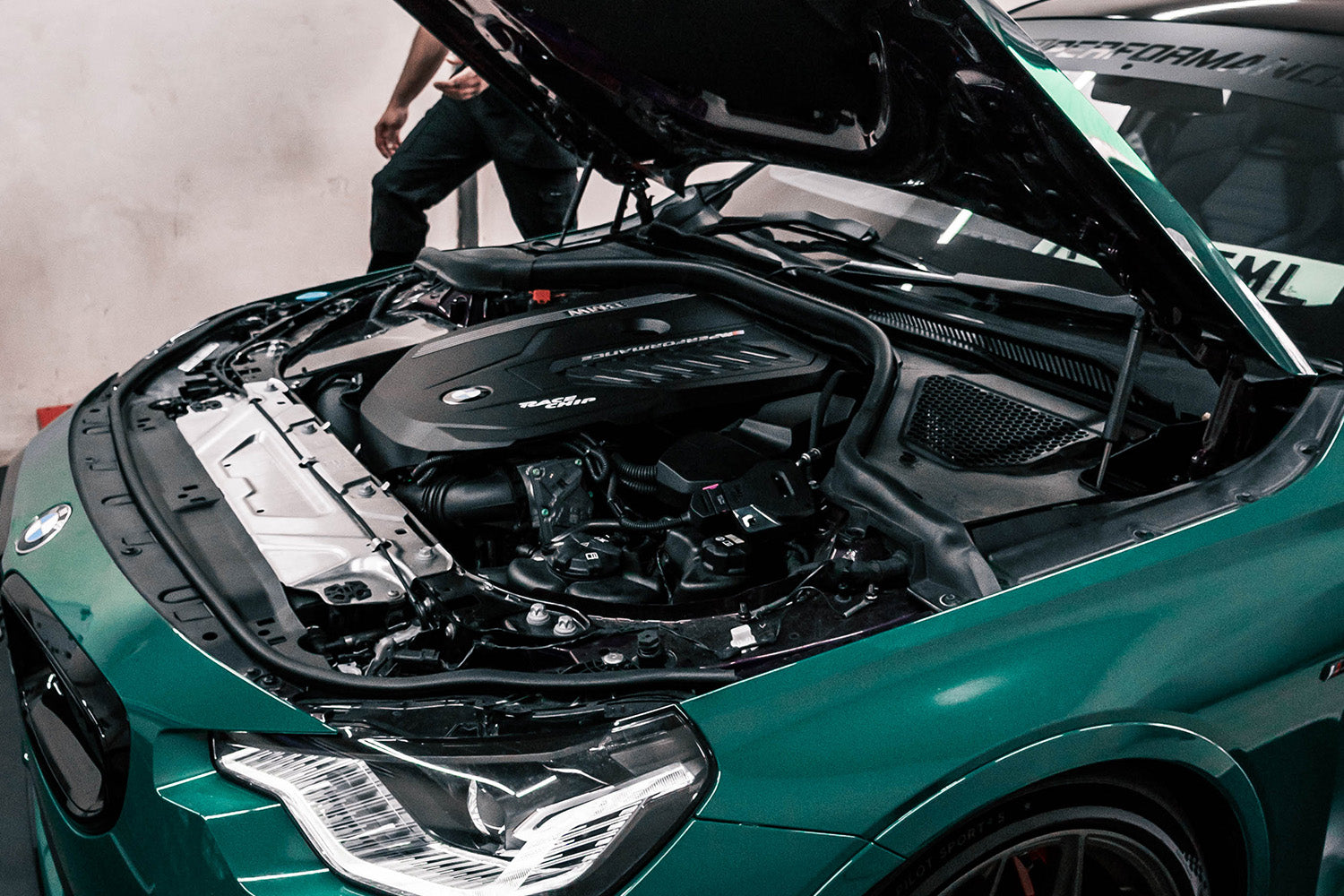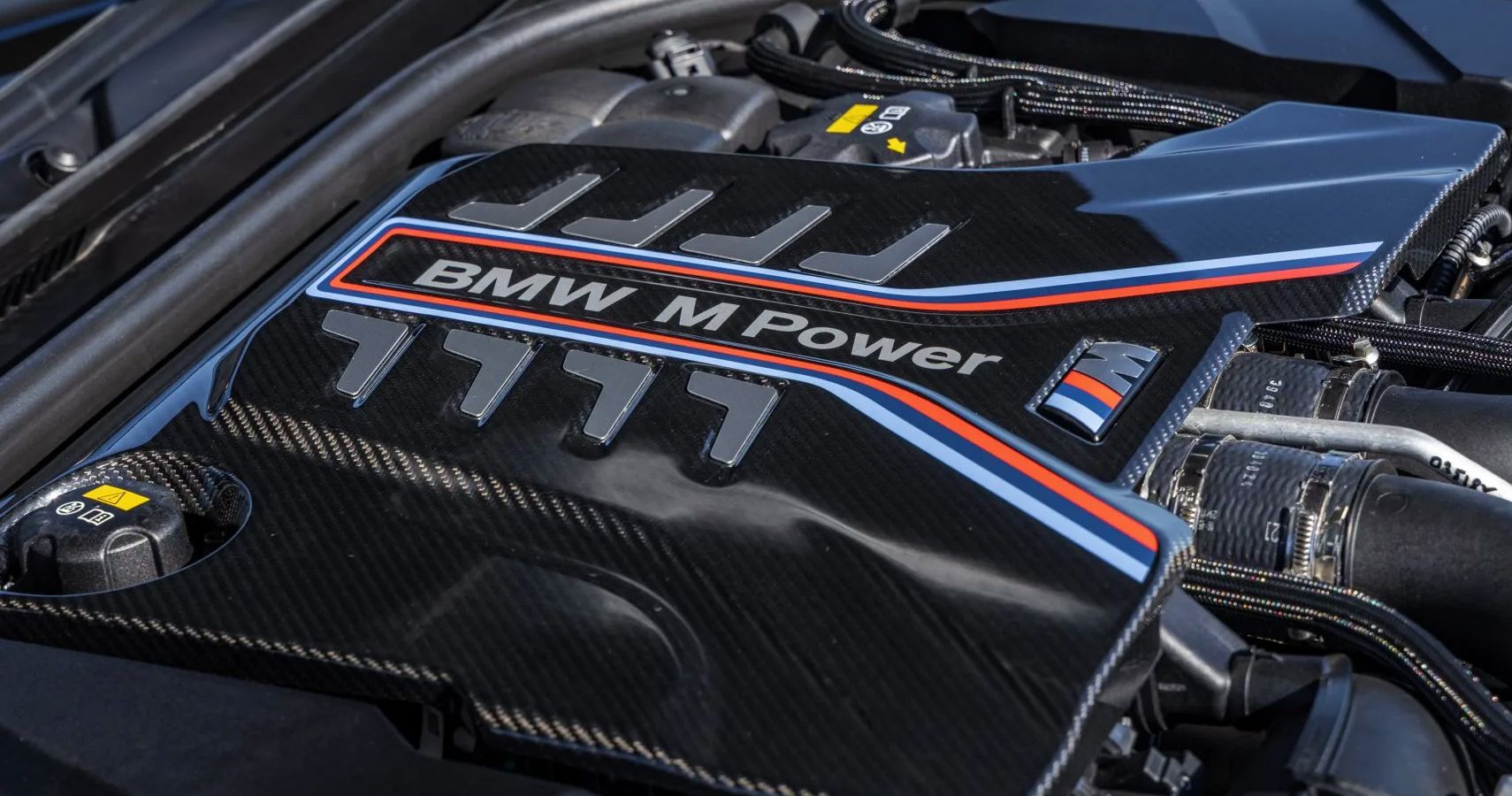How to Maintain Your BMW Engine for Optimal Performance and Durability
How to Maintain Your BMW Engine for Optimal Performance and Durability
Blog Article
Discovering the Development of Burning Engines in Modern Transportation Systems
As we navigate the landscape of contemporary transportation, the evolution of combustion engines stands as a testament to human ingenuity and design prowess. The interplay of history, innovation, and ecological issues in shaping the trajectory of combustion engines creates a story that is both engaging and informative.
Very Early Beginnings of Combustion Engines
Just how did the idea of burning engines very first emerge in the early stages of transport advancement? The roots of burning engines can be traced back to the 17th century when the principles of inner burning were first explored.
The advancement moment came with the innovation of the initial effective gasoline-powered engine by Karl Benz in 1885 - bmw engine. This engine paved the way for the development of the modern car, revolutionizing transport systems worldwide. Succeeding advancements by Nikolaus Otto and Gottlieb Daimler even more refined combustion engine modern technology, causing the mass manufacturing of vehicles and the fast expansion of the transport sector
These early burning engines were defined by their simplicity and performance, laying the foundation for the complicated and effective engines utilized in modern transport systems. The development of combustion engines has contributed fit the means we travel and transfer products, marking a significant landmark in the history of transport advancement.
Change to Internal Burning Technology
The shift to internal burning modern technology noted a crucial shift in the evolution of transportation systems. This change started in the late 19th century, with developers like Nikolaus Otto and Gottlieb Daimler developing the initial effective inner burning engines. These engines transformed transportation by providing a much more effective and effective option to heavy steam engines and electric motors.
Among the key benefits of inner combustion engines was their capability to be reduced to fit into lorries, resulting in the growth of vehicles and motorbikes. This change from large, fixed engines to compact, mobile ones paved the way for the modern-day transportation systems we see today.
The transition to internal burning innovation additionally spurred developments in gas innovation, resulting in the advancement of gasoline and diesel as main fuel resources for cars. This shift not just made transportation a lot more easily accessible to the masses but additionally laid the foundation for the oil and gas industry to become integral to international economic climates.
Influence of Combustion Engines on Transportation
The fostering of combustion engines in transportation systems catalyzed an extensive shift in the efficiency and rate of global flexibility. Combustion engines revolutionized transportation by supplying a versatile and dependable source of power for various cars, including cars, ships, airplanes, and vehicles. This advancement considerably improved the ability for goods and people to conform fars away in much shorter amount of time, resulting in increased connection in between regions and countries.
Additionally, the widespread use burning engines has had a significant effect on financial development. The ability to carry products efficiently has spurred trade and commerce, enabling services to broaden their markets and reach consumers worldwide. This has actually promoted financial growth and globalization, as products can currently be moved much faster and in bigger quantities than ever.
However, the ecological influence of combustion engines can not be ignored. The combustion of nonrenewable fuel sources has you could try these out brought about air contamination and greenhouse gas discharges, contributing to environment adjustment and presenting health and wellness risks to populations. bmw engine. Consequently, there is an expanding emphasis on developing different propulsion modern technologies to reduce these negative results and produce a more lasting future for transportation
Technologies in Burning Engine Design
One notable innovation is the development of turbocharged engines, which use exhaust gases to drive a turbine that presses inbound air, enabling for more fuel to be charred, resulting in enhanced power output without a significant increase in engine size. Variable valve timing systems have actually also changed engine style by maximizing air flow at various engine rates, boosting both power and effectiveness. These advancements collectively contribute to the continual renovation of combustion engines in modern transportation systems.
Future Fads in Burning Engine Advancement
With innovation developments driving continuous innovation, the future of burning engine advancement is poised to change transportation systems globally. Among the crucial fads in combustion engine development is the press in the direction of greater performance and minimized emissions. Manufacturers are spending heavily in r & d to enhance engine efficiency while satisfying rigorous environmental regulations. This consists of the integration of sophisticated fuel shot systems, improved turbocharging techniques, and the use of light-weight products to enhance gas usage and reduce carbon discharges.
Another noticeable trend is the adoption of crossbreed modern technologies in combustion engines. Hybrid engines incorporate traditional combustion innovation with electrical power, supplying improved gas efficiency and lower discharges. As the auto industry shifts towards electrification, hybrid burning engines are viewed as a transitional remedy that bridges the gap between conventional automobiles and totally electric ones.
Moreover, the integration of wise innovations, such as fabricated knowledge and why not try here information analytics, is anticipated to play a significant role in the future of burning engine development. These innovations can enhance engine efficiency in real-time, causing extra reliable burning procedures and improved general automobile performance. Welcoming these future fads will certainly not just drive technology in burning engine advancement however likewise add to a more eco friendly and sustainable transportation ecosystem.

Conclusion
In conclusion, the development of combustion engines in contemporary transportation systems has been noted by significant innovations in technology and design. From the very early starts of burning engines to the change to inner burning innovation, these engines have had a profound influence on transportation. visit site Innovations in burning engine style proceed to drive development in this field, with future trends concentrating on more boosting effectiveness and minimizing discharges. The future of combustion engines in transportation looks encouraging as study and advancement efforts remain to push borders.
The roots of burning engines can be traced back to the 17th century when the concepts of interior burning were very first explored. These engines revolutionized transport by providing an extra effective and powerful choice to heavy steam engines and electrical motors.

Report this page